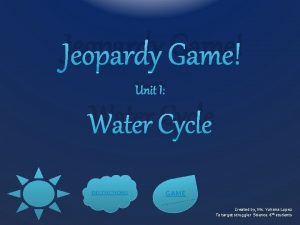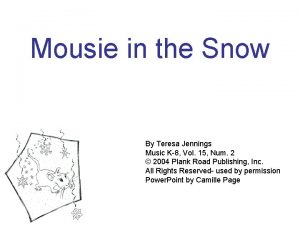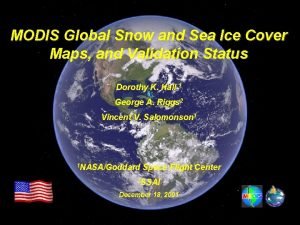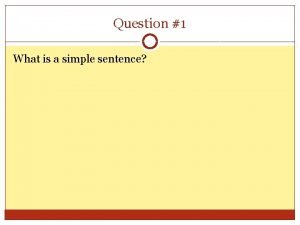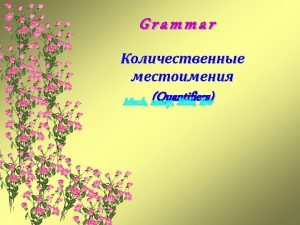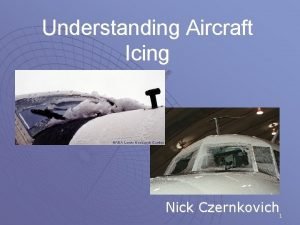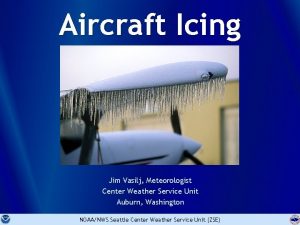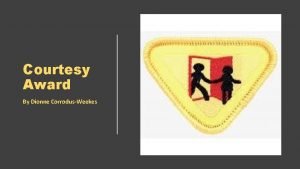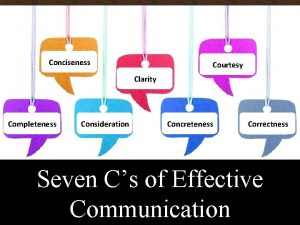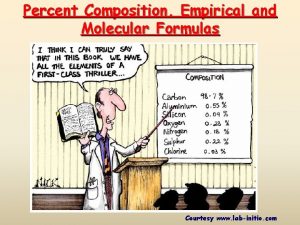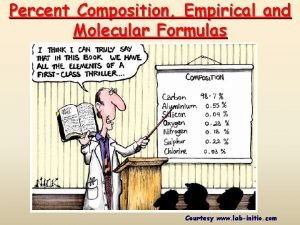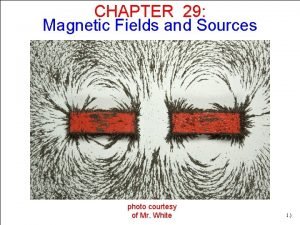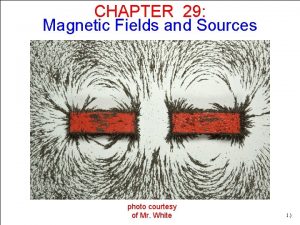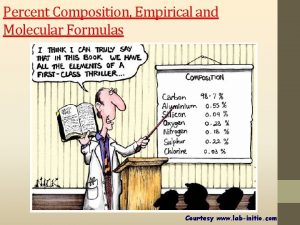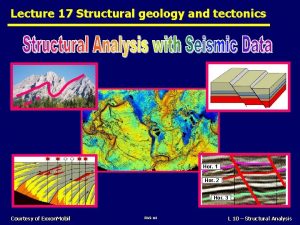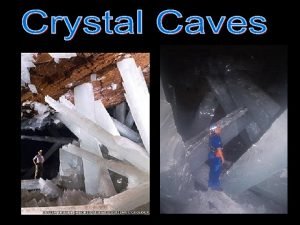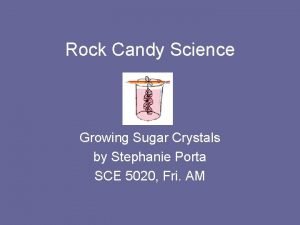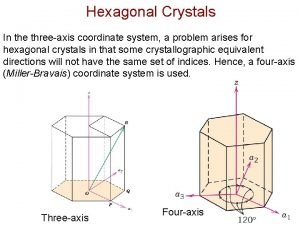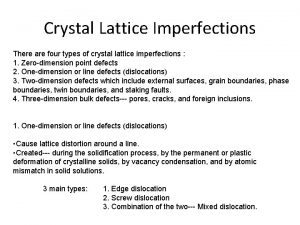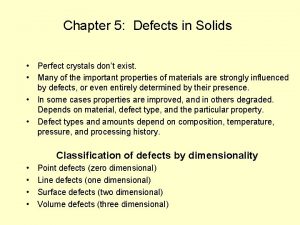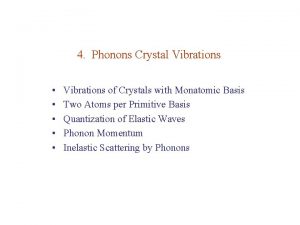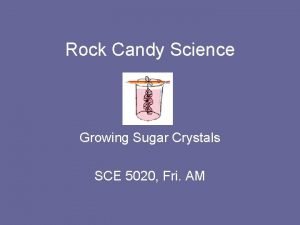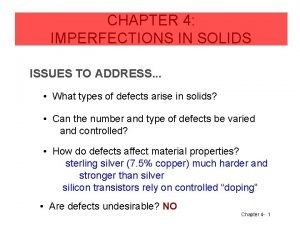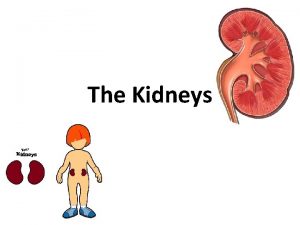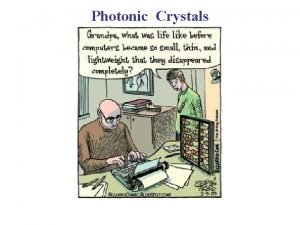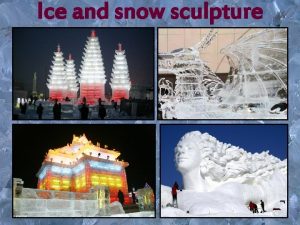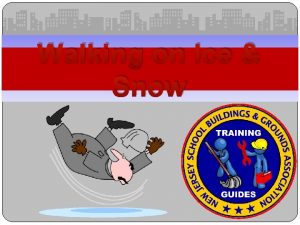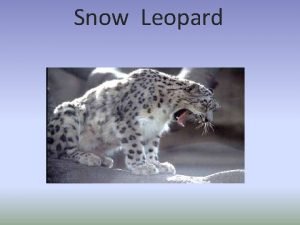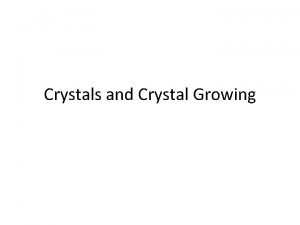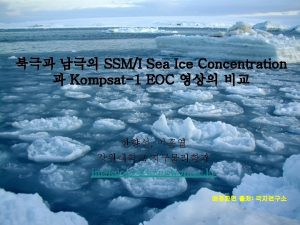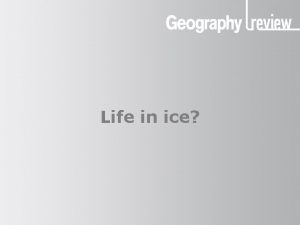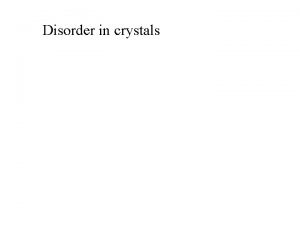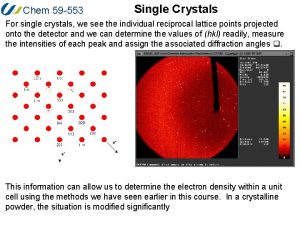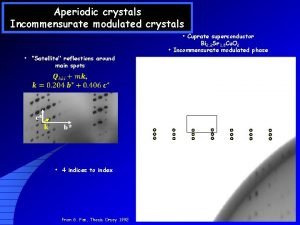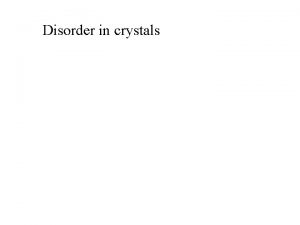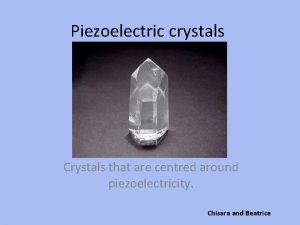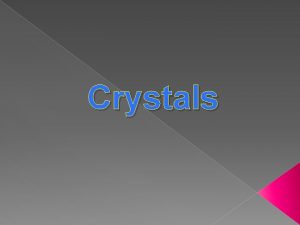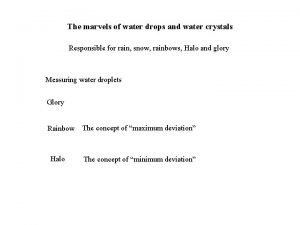Water Ice and Snow crystals courtesy of Snow




















































- Slides: 52

Water, Ice and Snow crystals courtesy of Snow. Crystals. com

Lake Superior – 3 rd largest lake in the world by volume. Largest by surface area (as large as South Carolina). Maximum depth 1, 322 feet

Distribution of water on Earth

Water is a polar covalent molecule.

Because of this one water molecule is attracted to another. The temporary bond formed is called a hydrogen bond

This attraction gives water a high surface tension. This allows some creatures to actually walk on water.

This water strider can walk on the surface of the water because the hydrogen bonds form a weak skin. This phenomena of water attracted to itself is called cohesion

Cohesion is what holds a water drop together

More cohesion

A water drop at the Space Station

• wringing out a washcloth in space.



Adhesion and capillary action

General Grant Giant Sequoia Height – 267 ft. , circumference at ground – 107. 6 ft. , diameter at 4. 5 ft = 28. 9 feet, diameter at 60 ft. = 16. 3 ft. , diameter at 180 ft. = 12. 9 ft.

When water freezes the brief temporary hydrogen bonds of liquid water become permanent and the molecules are forced apart.

The shape of the water molecule and its angle causes the hexagonal crystals and snowflake designs.












Blue Ice • • • Glacial ice is a different color than regular ice. It is so blue because the dense ice of the glacier absorbs every other color of the spectrum except blue--so blue is what we see! It's Not regular Frozen Water! Sometimes the glacial ice appears almost turquoise. Its crystalline structure strongly scatters blue light. The ice on a glacier has been there for a really long time and has been compacted down so that its structure is pretty different than the ice you normally see. Glacial ice is a lot different than the frozen water you get out of the freezer.

Blue Ice is Unique • • • It's Not Frozen Snow! Glacial ice is not just frozen compacted snow. There are other things in the ice that make it much different than the ice in your home. Glaciers move through rock and soil as they carve their way down a slope. This means the ice is going to have a lot more ingredients than just water.

Ancient Compressed Ice • • • What would happen if you broke off a big chunk of ice from a glacier and put it in your glass of water? Would it be any different than the ice in your freezer at home? What would happen to all those air bubbles that have been trapped under pressure? * If your chunk of glacial ice melted in your glass of water, then you would have dirt, gravel, and even organic matter [living stuff] in your water. * All those pressurized air bubbles would rush out so fast, they might explode your glass.



















Antarctic Ice Cliff


 Water cycle jeopardy
Water cycle jeopardy Have you heard about the rock and roll snowman
Have you heard about the rock and roll snowman Mousie in the snow
Mousie in the snow Water and water and water water
Water and water and water water Snow and ice cover map
Snow and ice cover map What is the simple subject of the sentence snow and ice
What is the simple subject of the sentence snow and ice A little a few a lot of much many
A little a few a lot of much many Tat sat temperature
Tat sat temperature Clear ice vs rime ice
Clear ice vs rime ice Greetings and farewells in english and spanish
Greetings and farewells in english and spanish Greetings farewells and courtesy expressions en español
Greetings farewells and courtesy expressions en español Courtesy notice
Courtesy notice Courtesy award
Courtesy award Completeness in communication
Completeness in communication Concreteness in technical writing
Concreteness in technical writing Courtesy is a positive trait
Courtesy is a positive trait Commemorative speeches
Commemorative speeches Courtesy reflects a positive attitude
Courtesy reflects a positive attitude Sweety gupta
Sweety gupta Crumbing down is a task carried out
Crumbing down is a task carried out Military courtesy definition
Military courtesy definition Legal profession complaints committee v in de braekt
Legal profession complaints committee v in de braekt Empirical formula from percent composition
Empirical formula from percent composition Empirical formula of adipic acid
Empirical formula of adipic acid Courtesy
Courtesy Courtesy
Courtesy Courtesy
Courtesy Courtesy
Courtesy Slide courtesy
Slide courtesy Empirical formula to percent composition
Empirical formula to percent composition Abacbn
Abacbn Slide courtesy
Slide courtesy Counters courtesy
Counters courtesy Safteng
Safteng Courtesy
Courtesy Largest crystals
Largest crystals Synovial fluid color analysis
Synovial fluid color analysis Growing sugar crystals
Growing sugar crystals Are crystals pure substances
Are crystals pure substances Kato katz technique
Kato katz technique Why do ionic bonds form crystals
Why do ionic bonds form crystals Copper ii sulphate crystals
Copper ii sulphate crystals Hexagonal direction indices
Hexagonal direction indices Negative birefringent crystals meaning
Negative birefringent crystals meaning What type of lattice imperfections are found in crystals
What type of lattice imperfections are found in crystals Point defects
Point defects Identification test for tragacanth
Identification test for tragacanth Quantization of elastic waves
Quantization of elastic waves Structure of nacl
Structure of nacl Rock candy experiment conclusion
Rock candy experiment conclusion Hassan fareed physics
Hassan fareed physics Dislocations in crystals
Dislocations in crystals Proteinoria
Proteinoria
